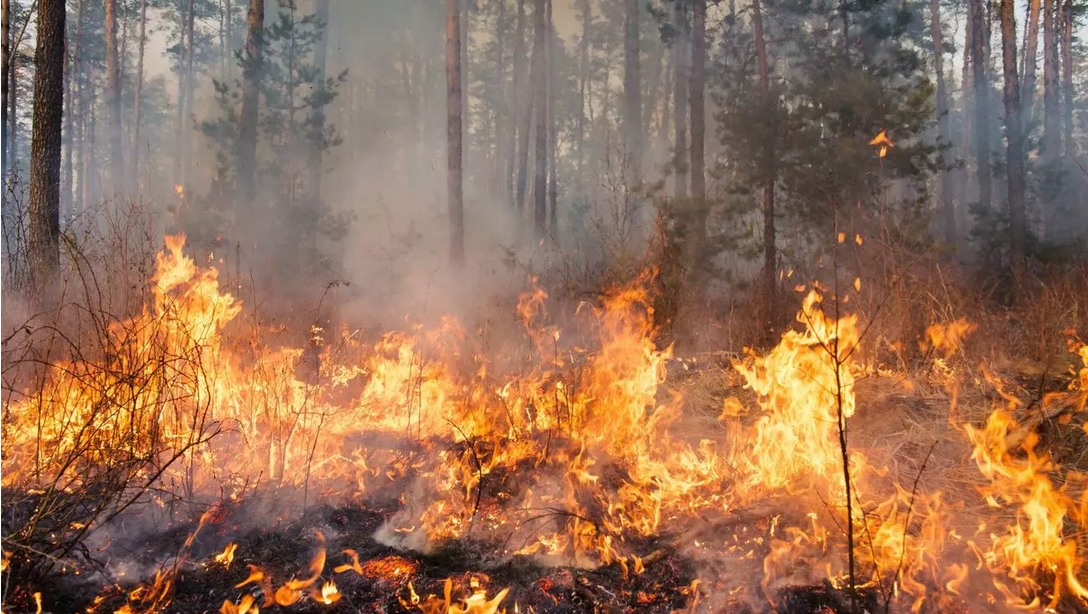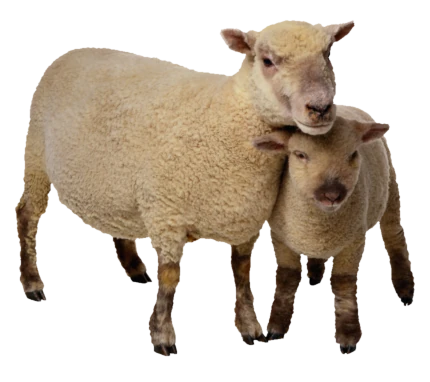Unlike people, who rely on news channels and emergency alerts to warn of an approaching wildfire, animals rely on their innate abilities. Many animals use their keen sense of smell and awareness of their surroundings to detect early signs of a fire, but sometimes there’s just not enough time to flee to safety.
Like all natural disasters these days, wildfires are becoming more prevalent across the globe. In recent years, we’ve seen tragedies unfold one after the other—like the 2020 bushfires in New South Wales, Australia that killed an estimated 480 million animals. And the North Complex wildfire in California that left more than 318,000 acres burned and displacing local wildlife like deer, bears and coyotes.
Unlike people, who rely on news channels and emergency alerts to warn of an approaching wildfire, animals rely on their innate abilities. Many animals use their keen sense of smell and awareness of their surroundings to detect early signs of a fire, but sometimes there’s just not enough time to flee to safety. Small animals like reptiles and amphibians who cannot outrun the fire will shelter in burrows or under rocks. In other cases, wild animals with young ones or those trapped by man-made structures, like fences, may not be able to escape. Whether left to face a wildfire head on or at a seemingly safe distance, all kinds of wildlife—mammals, birds, and fish—are greatly impacted by these disasters.
Physical injury from wildfires
For animals trapped in the path of a wildfire, the impacts can be life-threatening (or debilitating). Thick smoke from fires can disorient animals, irritate their eyes, and cause difficulty breathing. Burns cause extreme pain and can lead to mass wildlife mortalities, as seen with the koalas in the 2020–2021 Australia bushfires.
It’s not just land animals who suffer from wildfires—fish and marine mammals are greatly impacted as well. When wildfires burn plastics and non-natural materials, the leftover residue causes heavy run-off of toxins that can contaminate bodies of water. Burnt plants and brush disintegrate into nutrients like nitrogen and phosphorus. When rain sweeps high concentrations of these nutrients into aquatic ecosystems, dangerous algae blooms may occur that can lead to loss of underwater oxygen and dead zones.

